Jazz has a rich history filled with groundbreaking albums that have shaped the genre. These albums showcase the creativity and innovation of the artists who recorded them. Each one pushed the boundaries of jazz, introducing new styles, techniques, and ideas. Their influence extends beyond jazz, impacting a wide range of musical genres and inspiring countless musicians. Here are some of the most influential jazz albums ever recorded.
Miles Davis – “Kind of Blue” (1959)
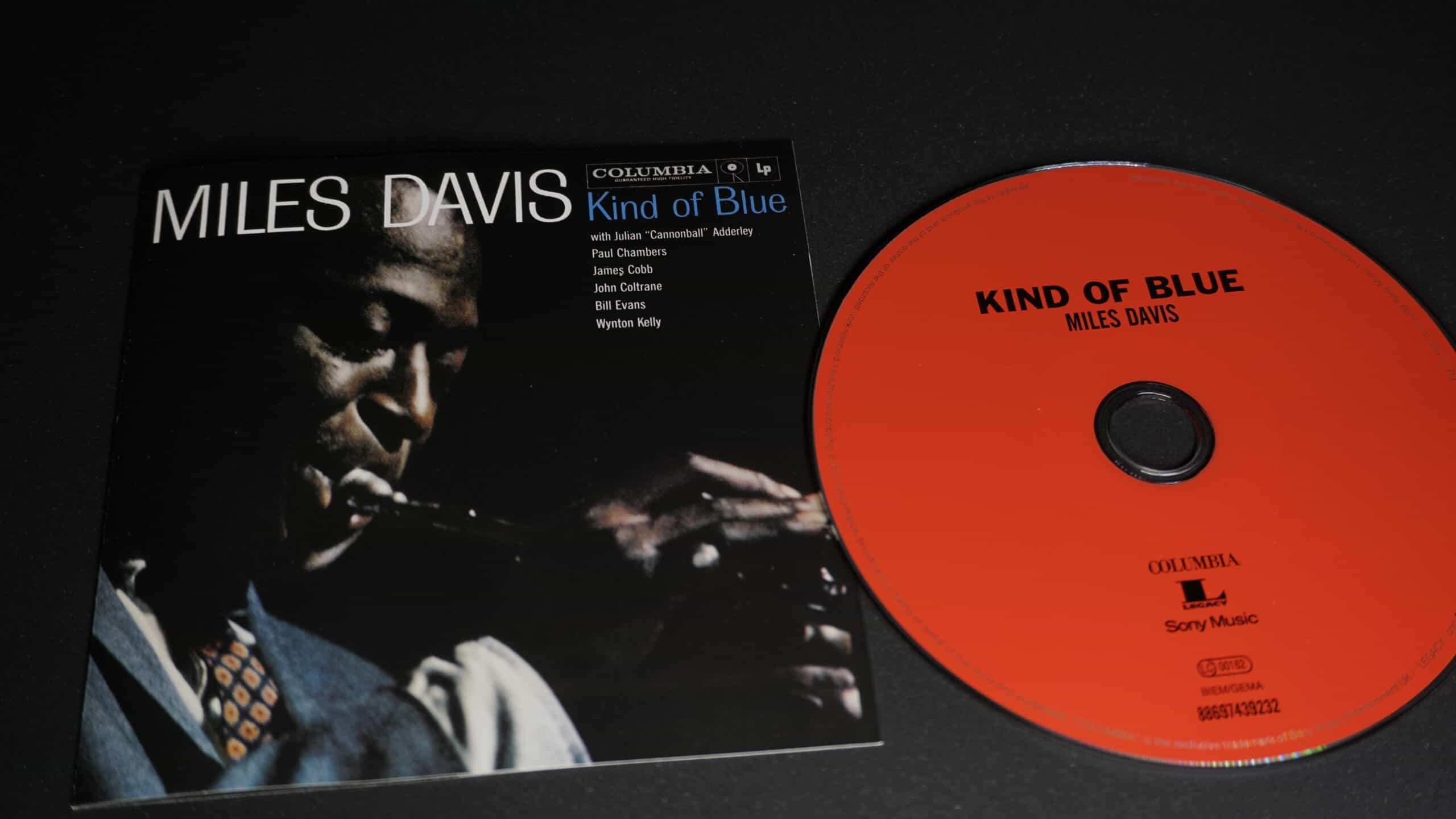
“Kind of Blue” is a landmark album in jazz history. Recorded in just two sessions, it features an all-star lineup, including John Coltrane and Bill Evans. The album is known for its modal approach, which was revolutionary at the time. Each musician was given minimal direction, allowing for spontaneous and pure improvisation. It introduced a new way of improvising over fewer chords. Its timeless tracks, such as “So What” and “Freddie Freeloader,” have influenced countless musicians and remain staples in jazz repertoires.
John Coltrane – “A Love Supreme” (1965)
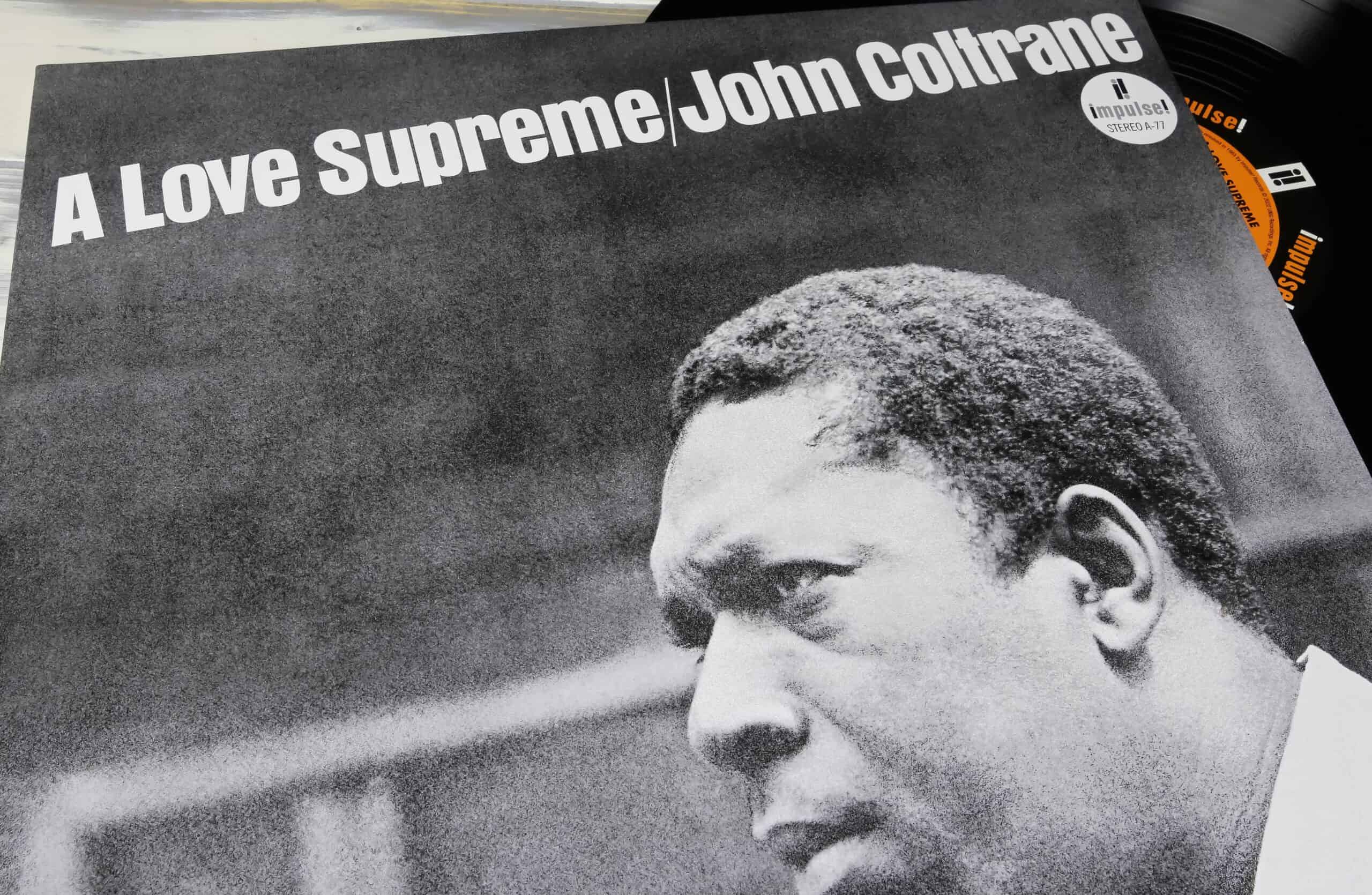
“A Love Supreme” is a spiritual suite expressing Coltrane’s gratitude and religious beliefs. The album is divided into four parts: “Acknowledgement,” “Resolution,” “Pursuance,” and “Psalm.” It was recorded with his classic quartet featuring McCoy Tyner, Jimmy Garrison, and Elvin Jones. This album’s influence lies in its deep emotional and spiritual depth. It showcases Coltrane’s innovative saxophone playing and compositional genius, leaving a lasting impact on jazz and beyond.
Dave Brubeck Quartet – “Time Out” (1959)
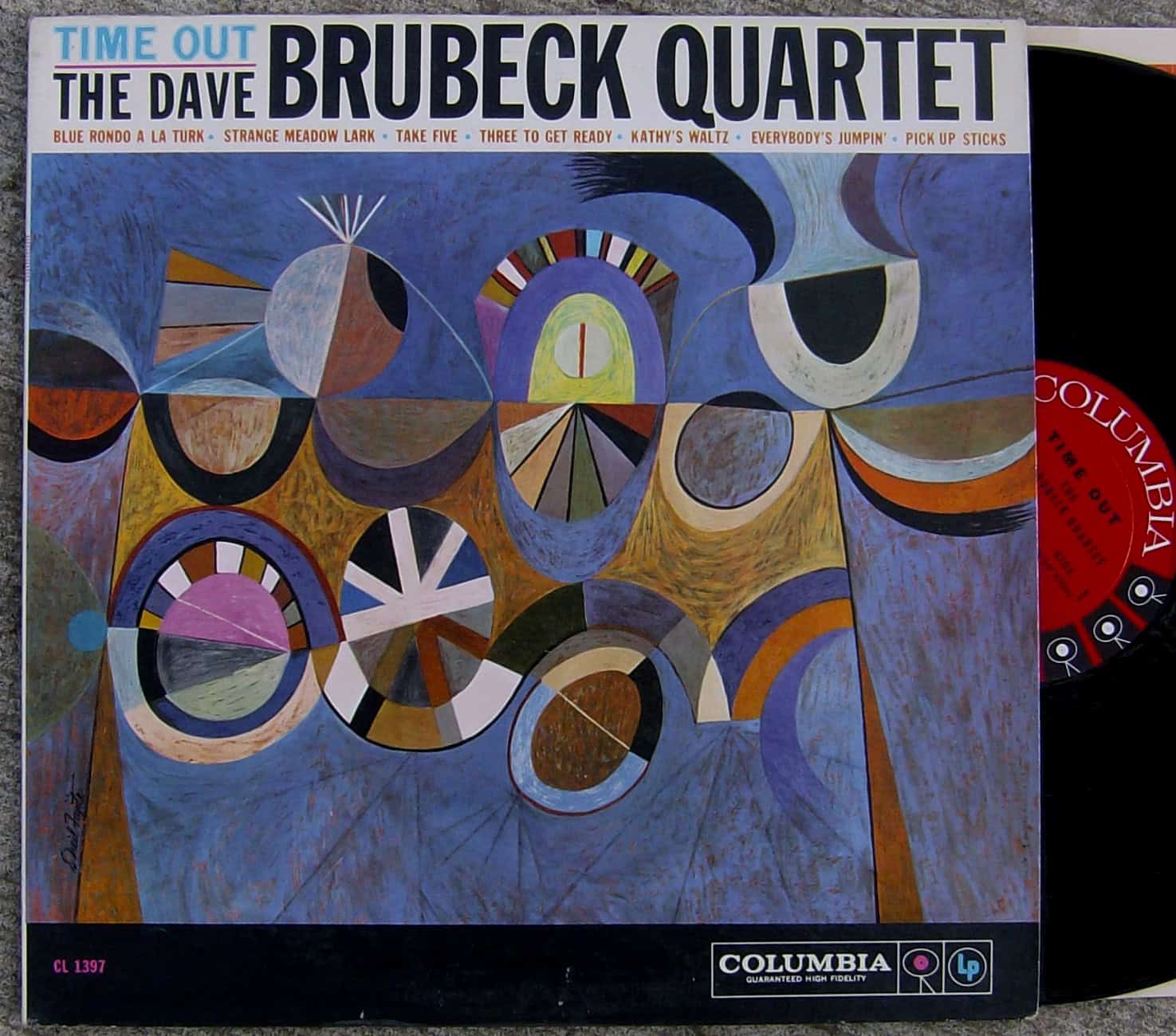
“Time Out” is famous for its use of unusual time signatures, including 5/4 and 9/8. The album features the iconic track “Take Five,” written by saxophonist Paul Desmond, and “Blue Rondo à la Turk,” inspired by Turkish rhythms. Its experimentation with rhythm and time pushed the boundaries of jazz. The album’s success helped popularize jazz to a broader audience, making it a commercial and artistic triumph. “Time Out” broke new ground by proving that complex, innovative music could be both accessible and commercially successful.
Charles Mingus – “Mingus Ah Um” (1959)
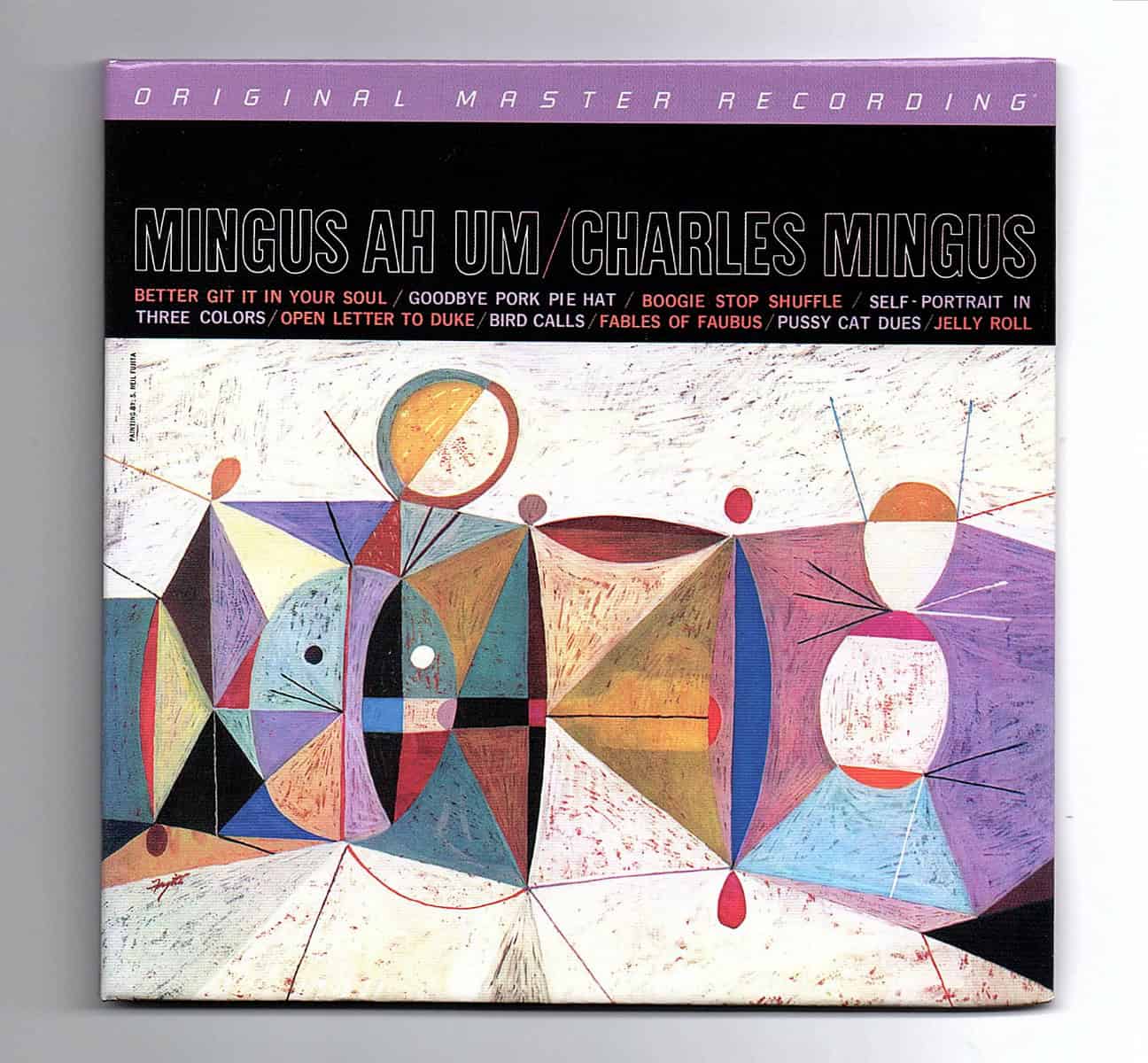
“Mingus Ah Um” showcases Mingus’s versatility as a composer and bassist. The album blends elements of gospel, blues, and classical music, with tracks like “Goodbye Pork Pie Hat” paying tribute to Lester Young and “Fables of Faubus” critiquing segregationist politics. This album is influential for its innovative compositions and rich emotional expression. Mingus’s ability to convey social and personal themes through his music made “Mingus Ah Um” a profound and impactful work.
Thelonious Monk – “Brilliant Corners” (1957)
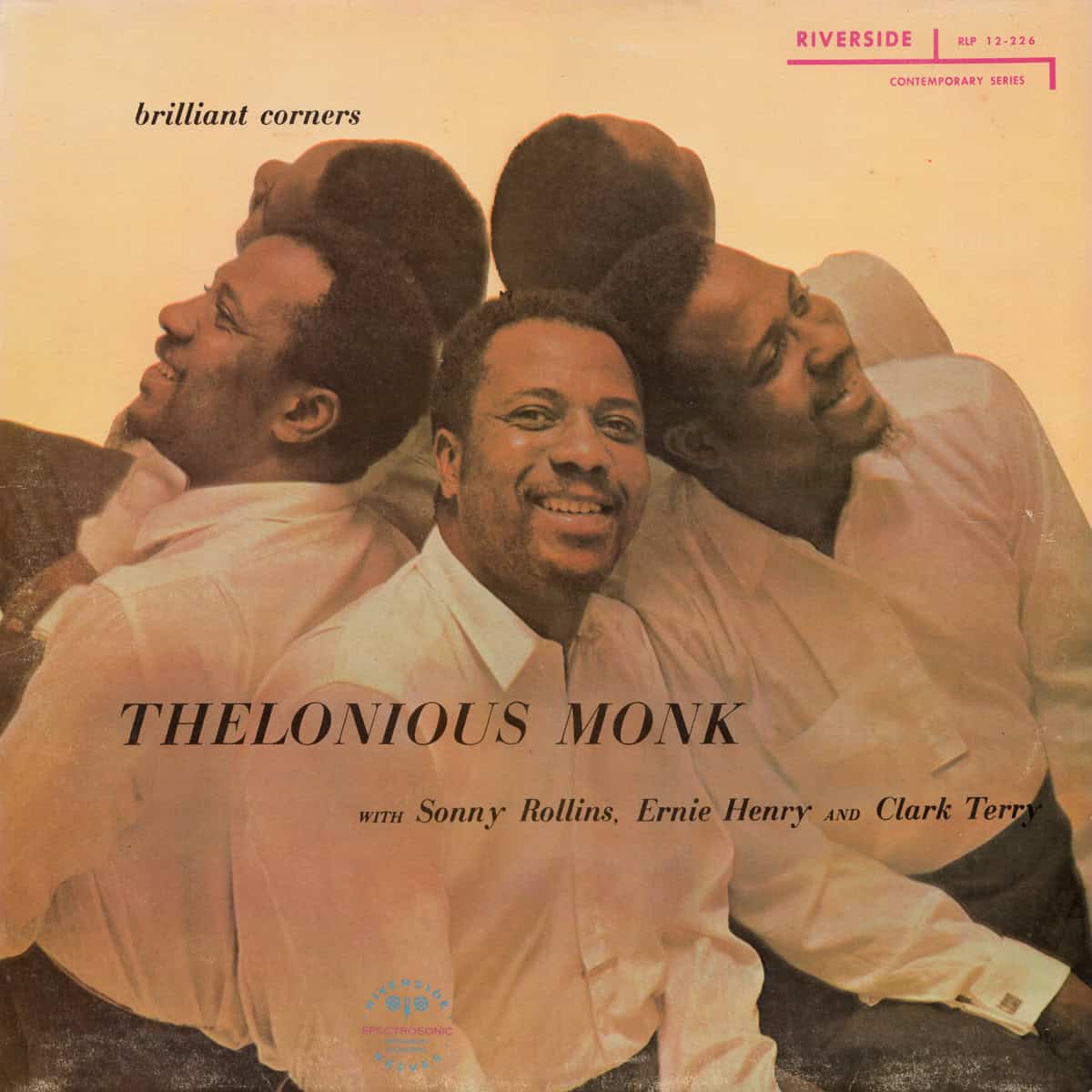
“Brilliant Corners” features Monk’s complex compositions and unique piano playing. The album includes notable musicians such as Sonny Rollins, Ernie Henry, and Max Roach, who had to navigate Monk’s challenging and unconventional pieces. Its influence comes from Monk’s unconventional approach to melody and harmony. The album’s challenging pieces have become essential repertoire for jazz musicians. “Brilliant Corners” exemplifies Monk’s genius in creating music that is intellectually stimulating and emotionally engaging.
Herbie Hancock – “Head Hunters” (1973)
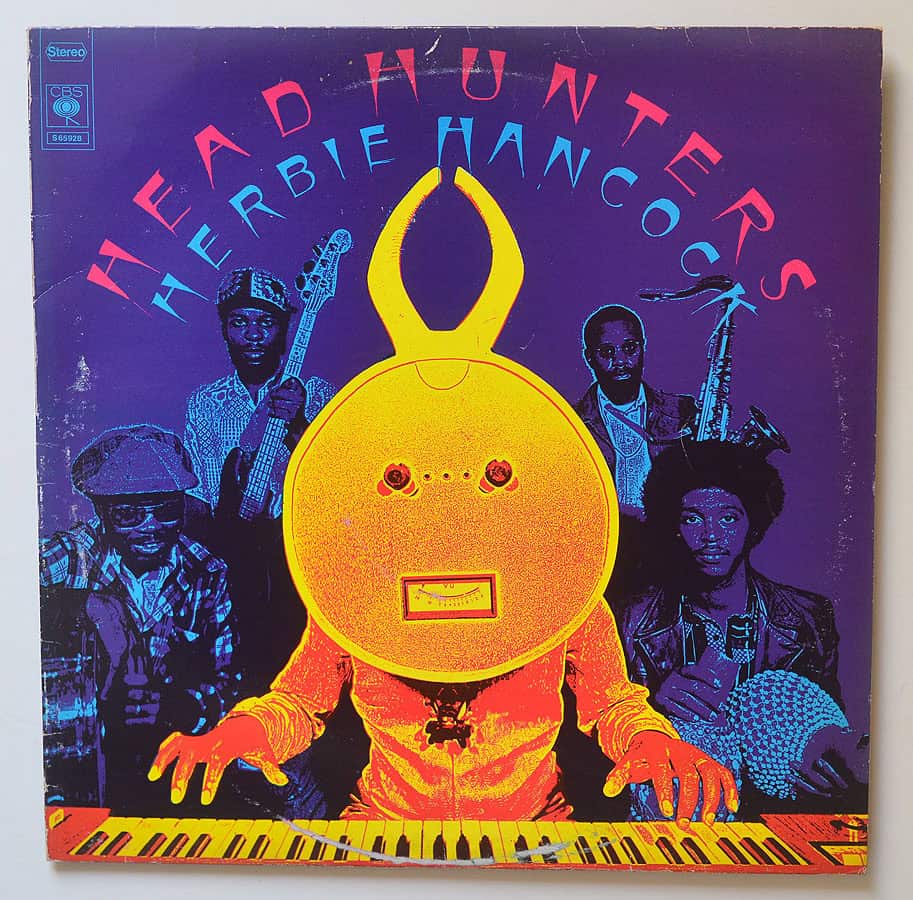
“Head Hunters” is a pioneering album in the jazz-funk genre. It features electronic instruments and a groove-heavy sound, with tracks like “Chameleon” and “Watermelon Man.” Hancock’s use of synthesizers and clavinet added a new dimension to jazz music. The album’s fusion of jazz with funk and electronic music opened new avenues for jazz innovation. Its commercial success brought jazz to a wider audience and influenced future generations of musicians. “Head Hunters” remains a milestone in the development of jazz fusion and electronic jazz.
Ornette Coleman – “The Shape of Jazz to Come” (1959)
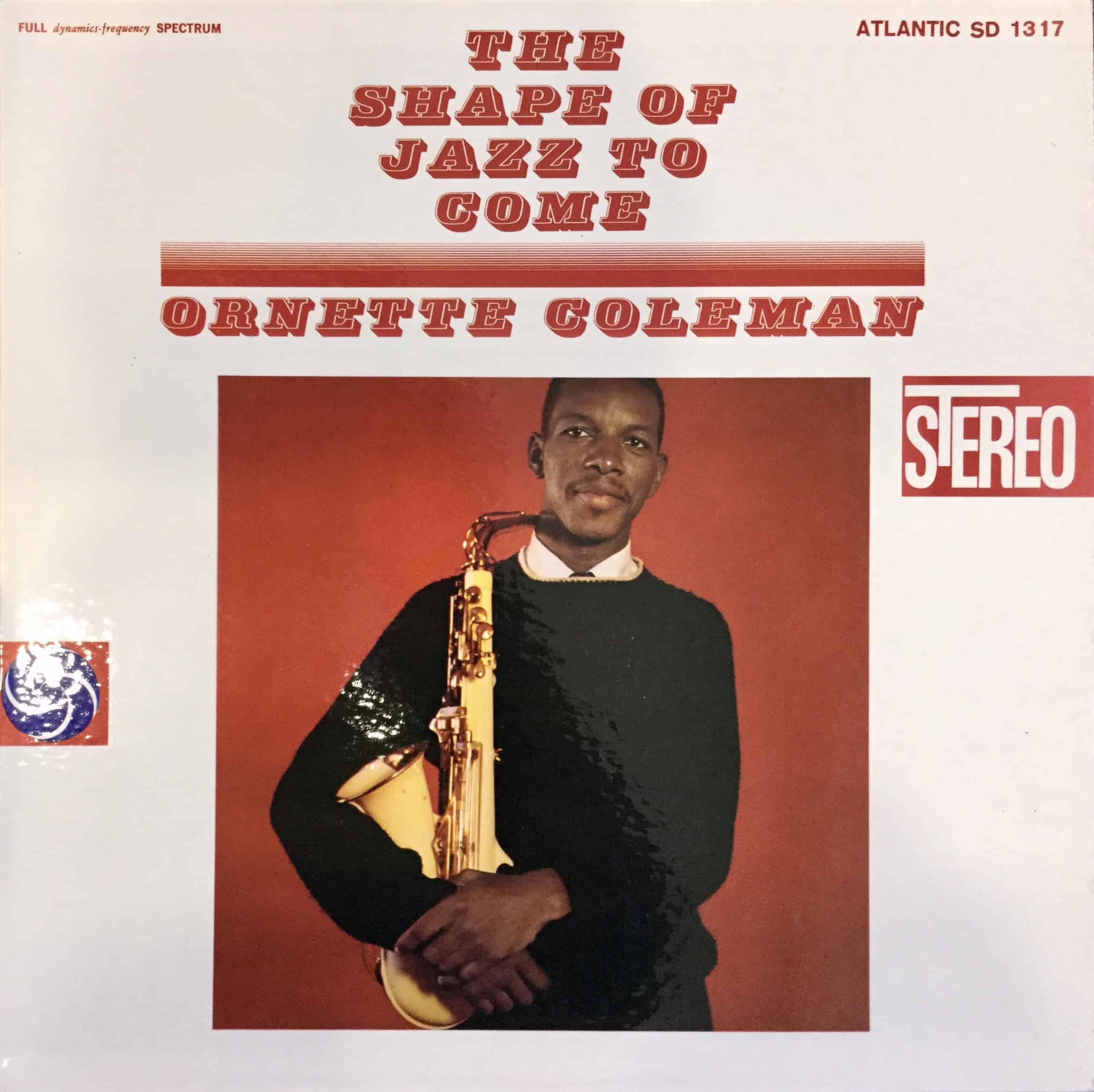
“The Shape of Jazz to Come” is a seminal work in the free jazz movement. Coleman’s approach to improvisation and structure was groundbreaking, featuring tracks like “Lonely Woman” and “Congeniality.” The album’s influence lies in its challenge to traditional jazz norms. Coleman’s avant-garde style paved the way for future experimental and free jazz musicians. The album’s fearless exploration of new musical territories continues to inspire artists seeking to push the boundaries of jazz.
Bill Evans Trio – “Sunday at the Village Vanguard” (1961)
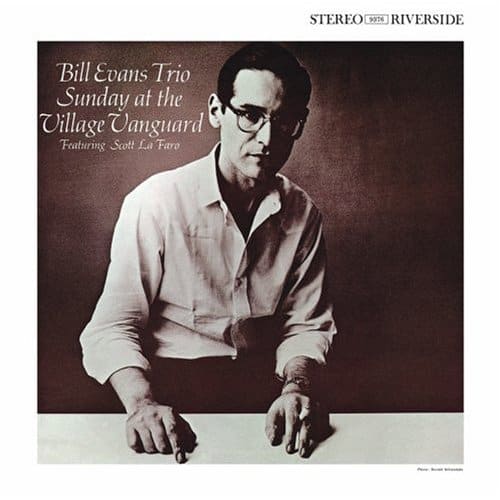
This live album captures the Bill Evans Trio’s exceptional chemistry and intimate sound. Recorded at the iconic Village Vanguard in New York, it highlights their intricate interplay and emotional depth. Each track brims with nuanced improvisation and delicate touch, showcasing the trio’s mastery of jazz. The story behind this album is poignant. It features the last performances of bassist Scott LaFaro before his tragic death. LaFaro’s innovative playing style and deep connection with Evans redefined the role of the bass in jazz. This album remains a timeless testament to the trio’s brilliance and a pivotal moment in jazz history.
Cannonball Adderley – “Somethin’ Else” (1958)
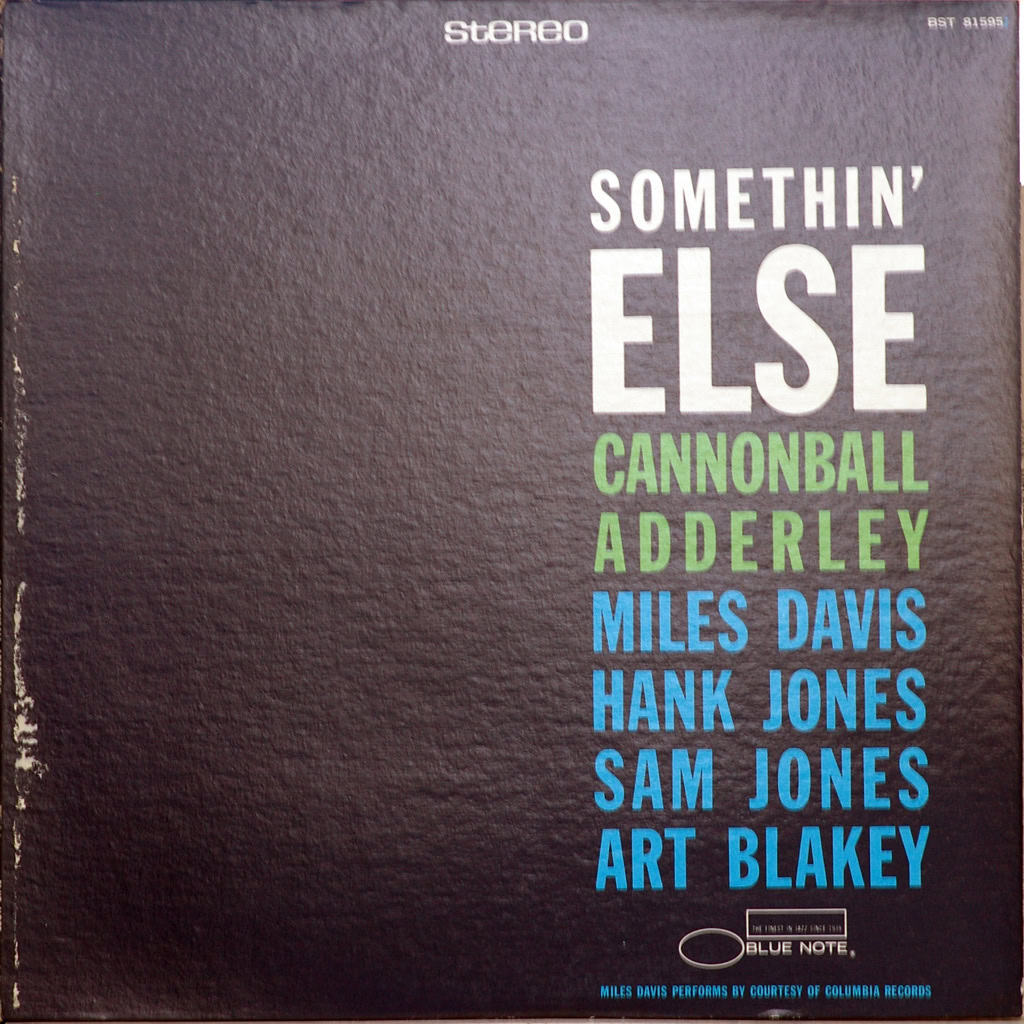
“Somethin’ Else” showcases Cannonball Adderley’s prowess on the alto saxophone, blending soulful melodies with sophisticated improvisation. Featuring Miles Davis on trumpet, the album creates a seamless interplay between the two jazz giants. It’s a cornerstone of the hard bop genre, with tracks like “Autumn Leaves” becoming jazz standards. The album was recorded in a single session, capturing the spontaneous energy and cohesive sound of the musicians. The collaboration between Adderley and Davis is electric and unmatched, with each bringing their unique style to the project. This album stands as a testament to the creative synergy of two jazz legends.
Wayne Shorter – “Speak No Evil” (1966)
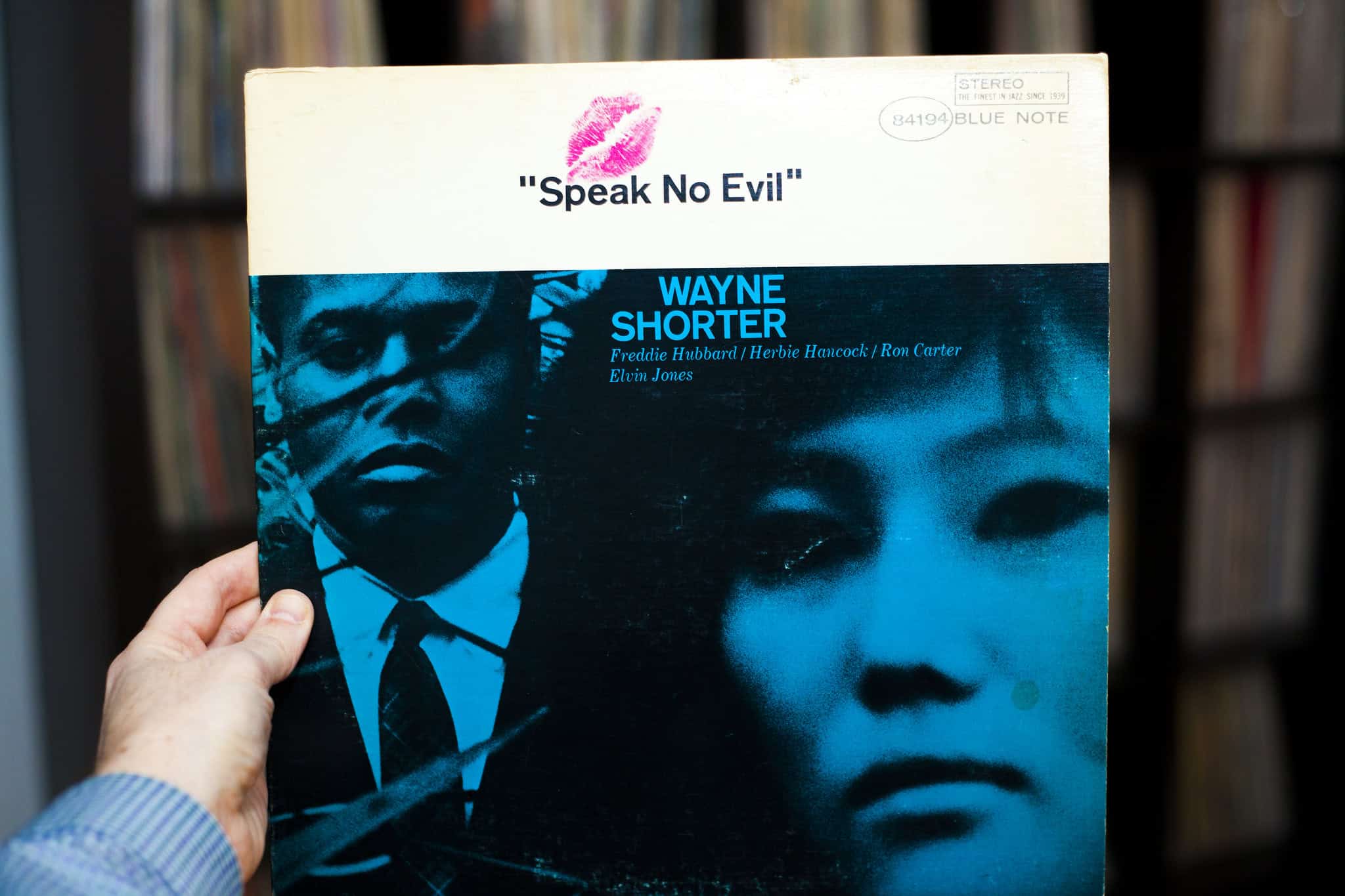
“Speak No Evil” is a landmark post-bop album that showcases Wayne Shorter’s complex and innovative compositions. His saxophone work is both lyrical and adventurous, pushing the boundaries of jazz harmony and form. The album features jazz luminaries such as Freddie Hubbard and Herbie Hancock, adding depth and texture to the sound. Recorded during a prolific period in Shorter’s career, the album’s unique blend of harmonies and rhythms set new standards in jazz. Its atmospheric and introspective nature resonates with listeners, making it a timeless classic. This work continues to inspire generations of musicians and remains a pivotal recording in Shorter’s discography.
Stan Getz & João Gilberto – “Getz/Gilberto” (1964)
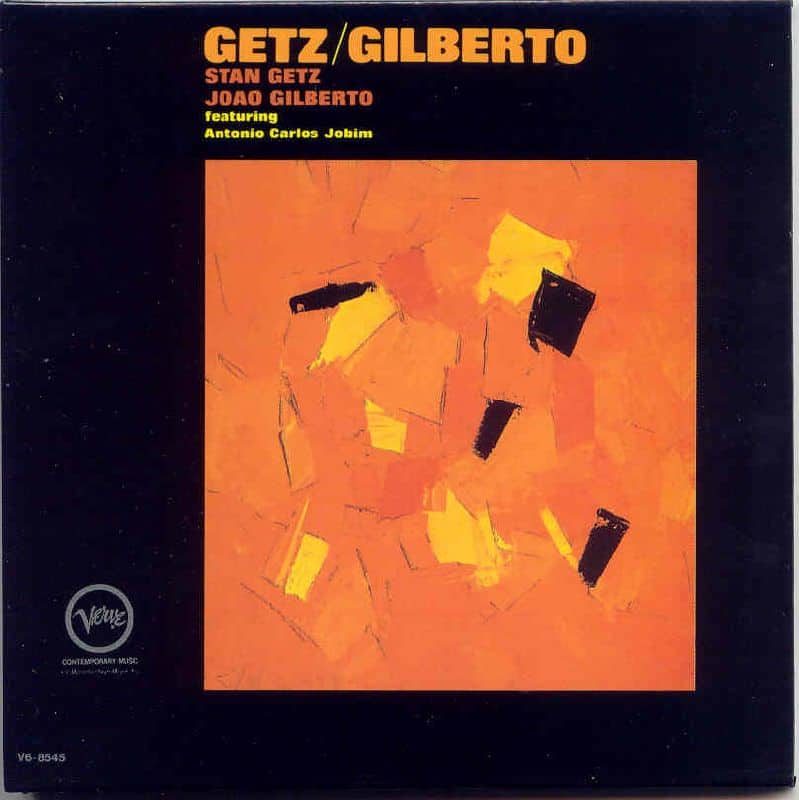
“Getz/Gilberto” brought bossa nova to a global audience, blending Brazilian rhythms with jazz harmonies. Stan Getz’s smooth tenor saxophone and João Gilberto’s soft guitar and vocals create a seamless and soothing sound. The album includes the iconic “The Girl from Ipanema,” which became an international hit. This collaboration bridged Brazilian and American jazz, showcasing the beauty of cross-cultural musical fusion. It became one of the best-selling jazz albums of all time, influencing both jazz and popular music. The album’s relaxed and elegant style continues to charm listeners and remains a benchmark for bossa nova and jazz recordings.
Sonny Rollins – “Saxophone Colossus” (1956)
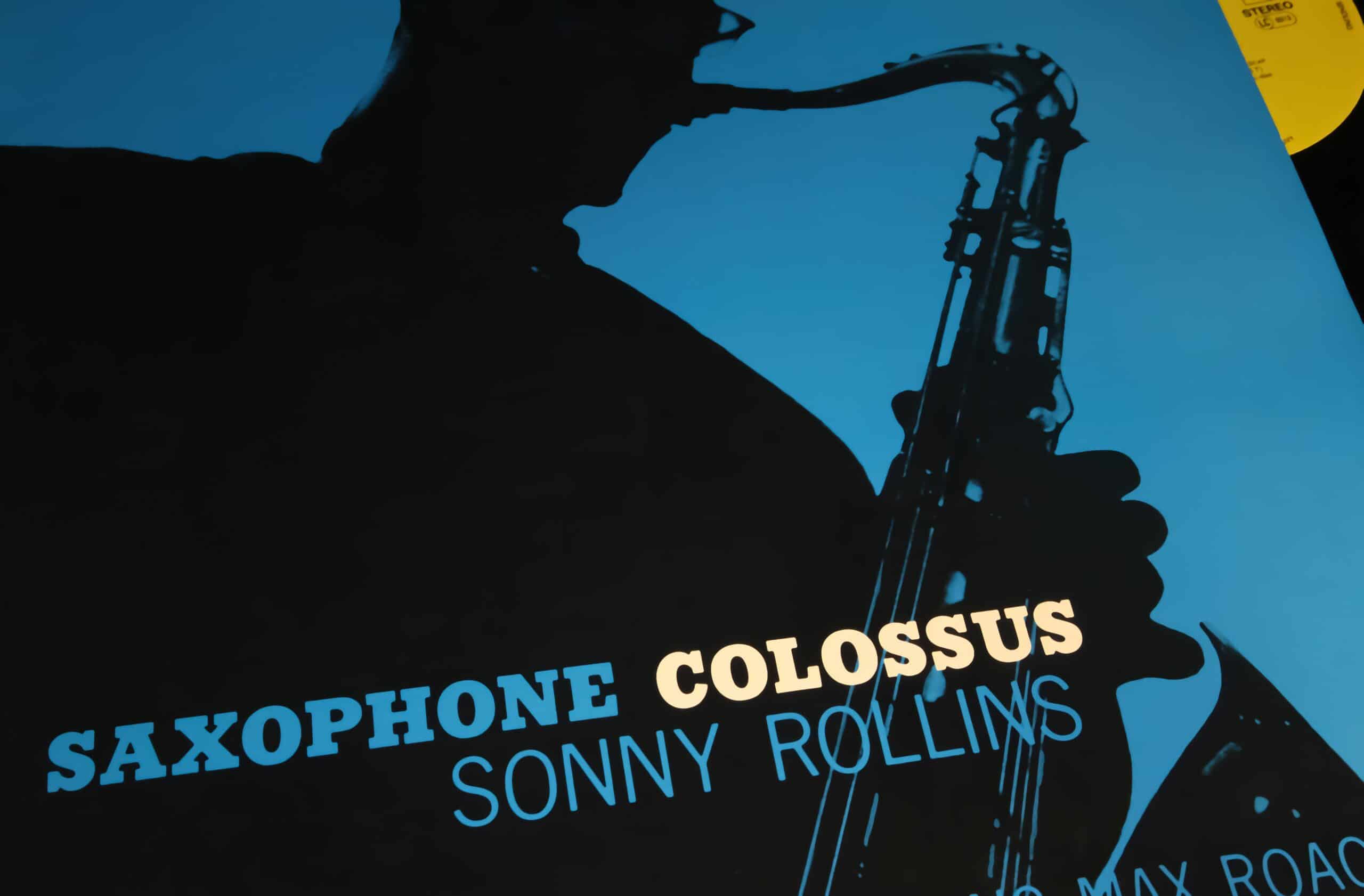
“Saxophone Colossus” highlights Sonny Rollins’s virtuosity and inventive solos. His robust tone and rhythmic diversity shine throughout the album, with tracks like “St. Thomas” and “Blue 7” becoming jazz standards. The album captures Rollins’s dynamic range and creative improvisation. Recorded in just one day, this album captures Rollins at his peak, showcasing his innovative approach to jazz. Its melodic inventiveness and harmonic exploration make it a jazz classic. Rollins’s influence on tenor saxophone is immeasurable, and “Saxophone Colossus” remains a seminal work in his extensive discography.
Art Blakey & The Jazz Messengers – “Moanin'” (1958)
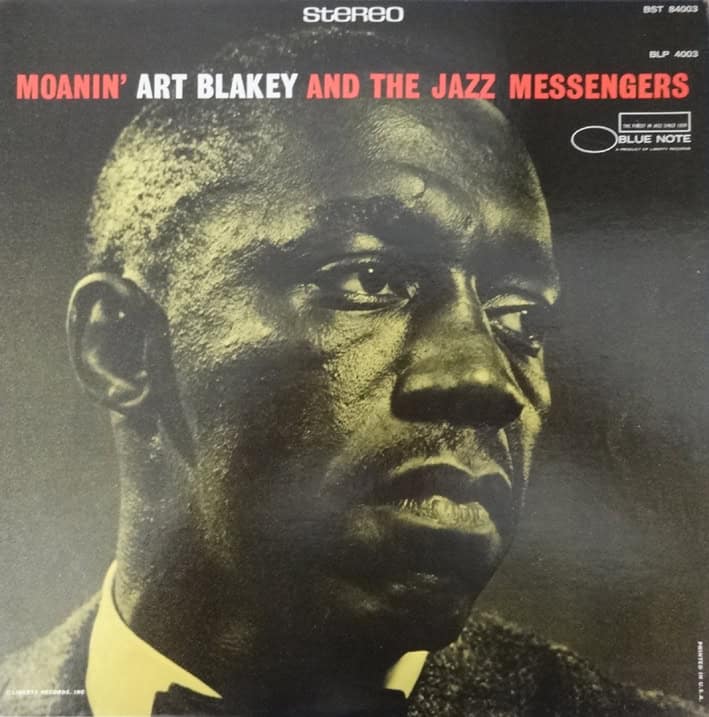
“Moanin'” is a quintessential hard bop album, driven by Art Blakey’s powerful drumming. The album features standout performances by Lee Morgan on trumpet and Benny Golson on tenor saxophone. The title track is a jazz standard, known for its catchy melody and soulful feel. Blakey’s Jazz Messengers served as a launchpad for many great musicians, with “Moanin'” being a prime example of their collective talent. The album’s blend of blues and gospel elements with jazz improvisation is influential, showcasing the depth and versatility of hard bop. Blakey’s leadership and energy are evident throughout, making “Moanin'” a must-listen for jazz enthusiasts.
Ella Fitzgerald – “Ella Fitzgerald Sings the Cole Porter Song Book” (1956)
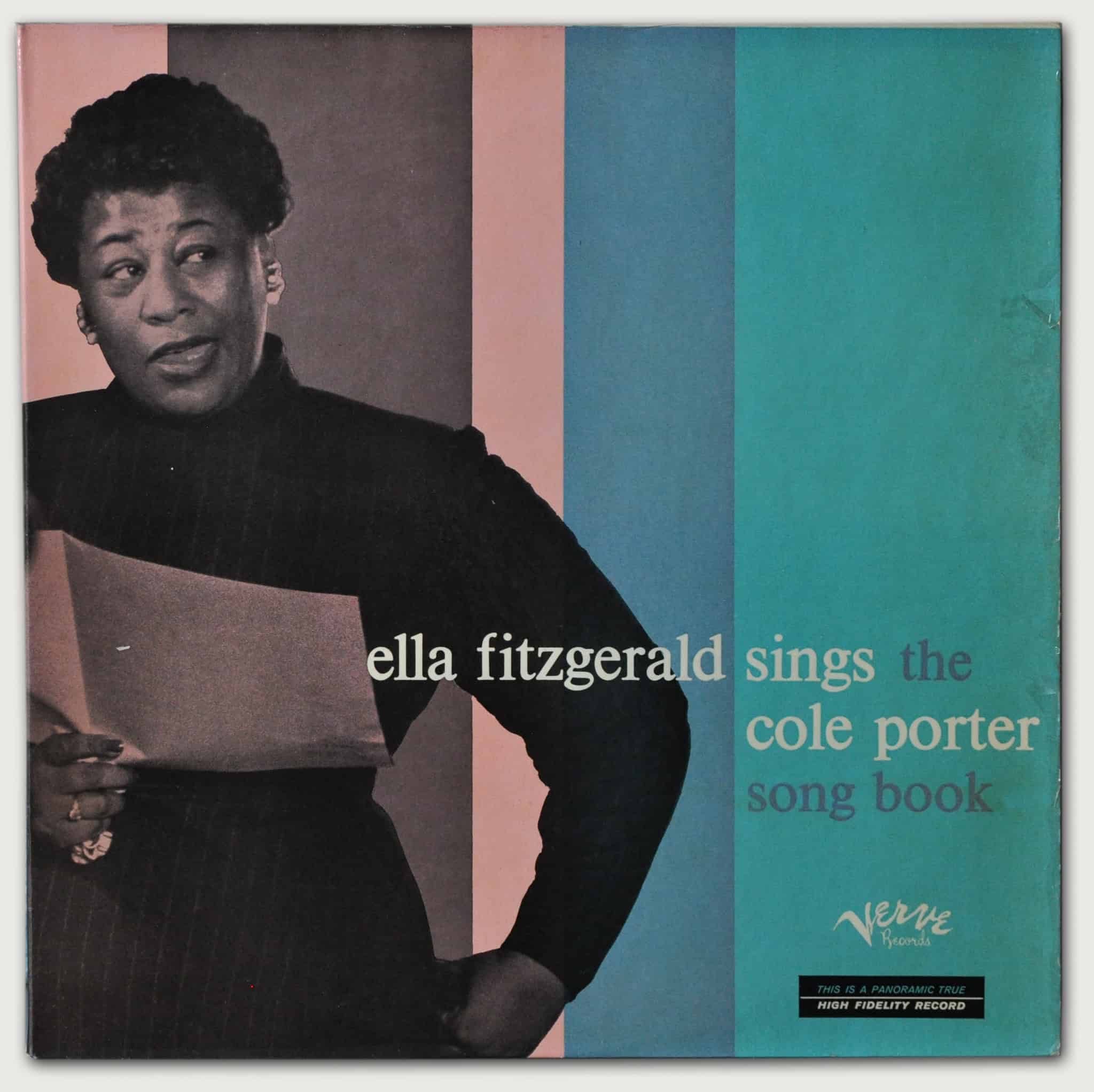
Ella Fitzgerald’s renditions of Cole Porter’s songs are timeless, showcasing her impeccable vocal technique and emotional delivery. Her interpretations bring out the wit and sophistication of Porter’s lyrics. The album set new standards for jazz singing and songbook albums. This album marked the beginning of Fitzgerald’s acclaimed songbook series, highlighting her versatility and interpretive skills. Porter’s sophisticated lyrics and melodies were given new life through Fitzgerald’s voice. The album’s success helped to solidify her status as one of the greatest jazz vocalists of all time.
Duke Ellington – “Ellington at Newport” (1956)
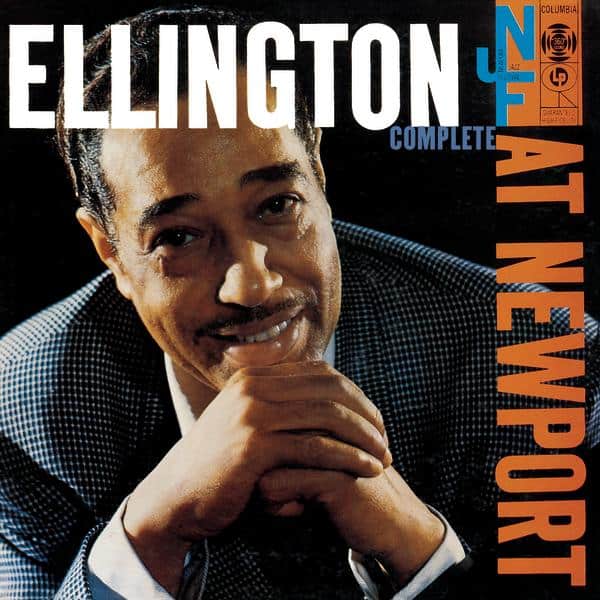
“Ellington at Newport” is a legendary live recording, capturing Duke Ellington’s band at its revitalized peak. The album features the famous “Diminuendo and Crescendo in Blue,” with Paul Gonsalves’s 27-chorus saxophone solo bringing the audience to a frenzy. The energy and spontaneity of the performance are palpable. This performance was pivotal for Ellington’s career, bringing him renewed acclaim and popularity. The spontaneous audience reaction added to its legendary status, showcasing the power of live jazz. The album stands as a testament to Ellington’s genius as a composer and bandleader, and remains a defining moment in jazz history.
This article originally appeared on Rarest.org.
More from Rarest.org
1993 Roosevelt Dime Value Guide
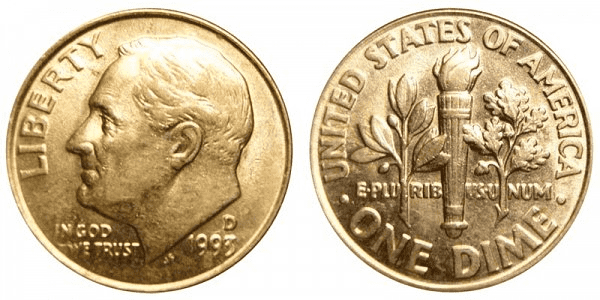
The production of the 1993 10-cent coin is part of the Roosevelt dime series, first issued in 1946. Since then, the Roosevelt dime became popular among Americans, one of the most widely used coins today. Read More.
1943 Mercury Dime Value Guide
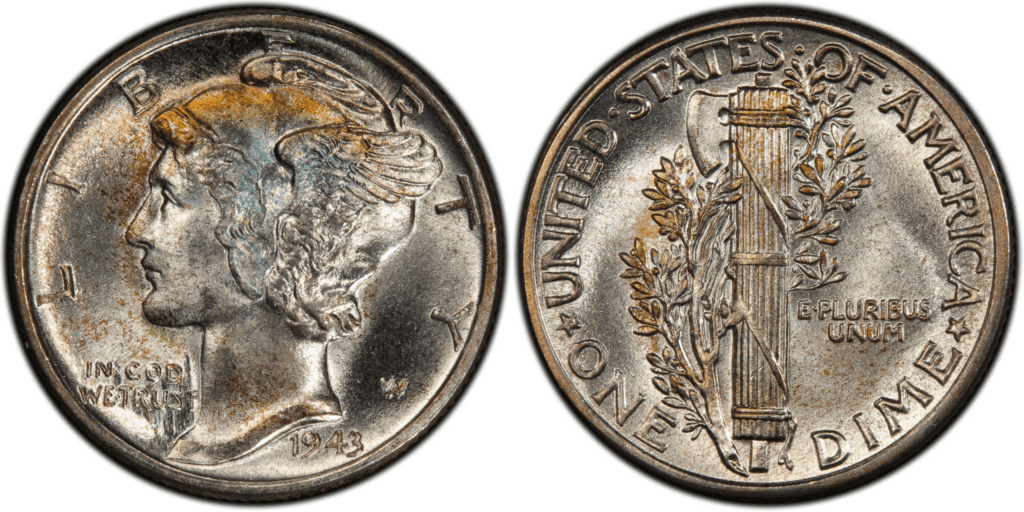
Despite its modest beginnings, the United States Mint has grown to become one of the world’s biggest and most well-known minting operations. Read More.
The 18 Rarest Goat Breeds in the World

Goat breeds around the world offer a fascinating glimpse into the diversity of nature. While some breeds are common and well-known, others remain incredibly rare, often due to their unique traits, specific habitat requirements, or historical significance. Read More.
